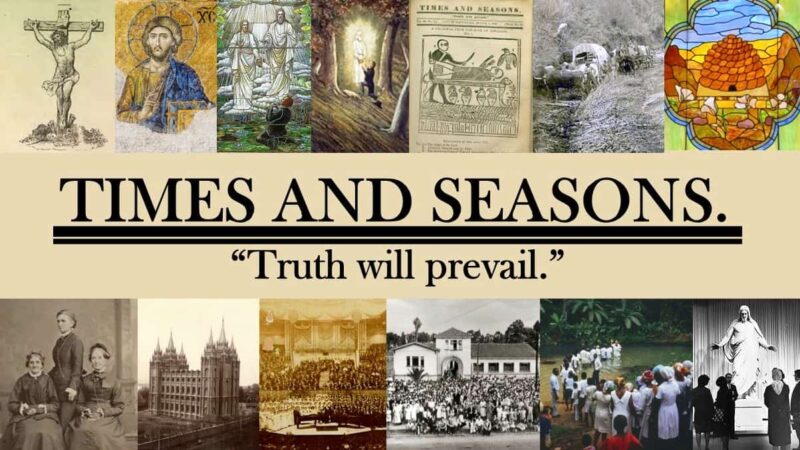People are probably going to bring up the Confessing Church frequently, so it’s best to get some things straight at the outset.
Look, this isn’t anywhere close to my area of specialization. The history of religion in Germany from 1918 to 1945 is complicated, something you could spend a whole career studying, so be cautious about drawing overhasty conclusions from it (and if it is your area, let me know what I mess up). When people hear the words “churches resisting Nazis,” they tend to assume a lot of things and project those assumptions onto the present, blithely overlooking basic facts and complicating factors.
Basically, what you need to know is:
Hitler was popular among German Protestants. And their support was understandable. Just 15 years prior to 1933, the abdication of the nobility had deprived Protestant churches of their highest leaders and threatened their place in society. German Protestantism was confessionally heterogeneous, including Lutheran, Calvinist and unified churches. Atheistic Communists abroad were ruling by terror and starvation and in Germany constituted one of the strongest political movements, while the leading Social Democrats were predominately secular. Hitler promised Protestants non-interference and perhaps offered a path to a unified national church that would restore Luther and German Protestantism to the forefront of Christianity. Hitler still needed support from mainstream society, and many Protestants saw potential benefits in backing him.
An extremist group among Protestants was enthusiastic about Nazism itself. The “German Christians” movement promoted an autocratic church organization, enlistment of the churches in the Nazi cause, elimination of Jewish elements from Christianity and Jewish converts from the church, and in some cases even neopagan ideas and the view that fascism was the fulfillment of God’s will in history. Hitler’s campaigning on their behalf led this group to victory in Protestant church elections in 1933, giving them leadership of most regional churches and allowing them to select the national bishop and expel clergy of Jewish descent.
But a moment of overreach in November 1933 led to widespread recognition of the essential contradiction between the most extreme ideas of the “German Christians” and Protestant doctrine. Most Protestants did not accept state influence on church doctrine or the selection of church leaders, elimination of the Old Testament, distinguishing converts from Judaism from other Christians, or requiring clerical oaths of loyalty to Hitler. The “German Christian” movement splintered, but left behind a German Protestantism that largely supported Hitler and tolerated Nazi ideas.
The Barmen Declaration was a statement issued in 1934 by Protestant leaders who opposed the “German Christian” influence. The Barmen Declaration condemned the politicization of churches and the attempt to make churches a tool of Nazism. Rather than an attack on the Nazi regime, it was primarily a defensive statement meant to counter state interference and attempts to align Protestant churches with the totalitarian claims of Nazism.
The Confessing Church, or the churches that accepted the Barmen Declaration, included leadership of a few regional churches and congregations in other regions. The Confessing Church saw itself as the legitimate Protestant church, in contrast to the churches ruined by the ideas and actions of the “German Christians.” The “German Christians” and adherents of the Confessing Church were roughly equal in number, while a much larger group followed neither side. The Confessing Church faced intensifying persecution after 1937.
The Confessing Church was a development within Protestantism. The Protestant ecclesiology that enabled the pro-Nazi “German Christians” also made possible the opposition of the Confessing Church. The Barmen Declaration is rooted in Protestant theology, and other forms of religious resistance to fascism would have to be expressed differently.
The Confessing Church encompassed a range of views. It too had a moderate and a radical wing. Many adherents of the Confessing Church still supported the German state. The Barmen Confession was a compromise between different Protestant confessions and omitted explicit condemnation of Nazi anti-Semitism. The history of the Confessing Church contains both resistance and accommodation. While it never constituted a threat to the Nazi regime, it still paid a high price for opposing Nazi religious interference, with hundreds of pastors arrested at various times and a few dozen executed or dying in concentration camps. After the war, several leaders of the Confessing Church acknowledged the error of focusing too narrowly on the church and failing to condemn Hitler’s persecution of the Jews.
In other words: To an outside observer, the Confessing Church and its opposition to Nazism can easily be mistaken for self-focused bureaucratic proceduralism, sternly worded statements and theological hair-splitting with little practical effect.
But the Confessing Church accomplished something important. While not offering organized resistance to the Nazi regime, the Confessing Church provided moral justification for individual resistance, most prominently that of Dietrich Bonhoeffer. It succeeded in preserving a German Protestantism independent of Nazism, which provided a foundation upon which to rebuild after the war. And those were worthy accomplishments.

Comments
2 responses to “The Confessing Church”
Thanks for the info. I wonder if after World War II a lot of general pushback was framed as courageous, risky stand-making, when the latter was quite rare. Even the JW’s who did take a stand and paid for it did it because of their religious beliefs about governments per se more than out of protest to that particular government (not that that makes their actions any less courageous).
Stephen, that kind of thing does seem to have happened, but it has taken decades to sort out who did what and what it accomplished. The people who lived through it were clearer about the crummy options available and the costs of risky stank-taking.